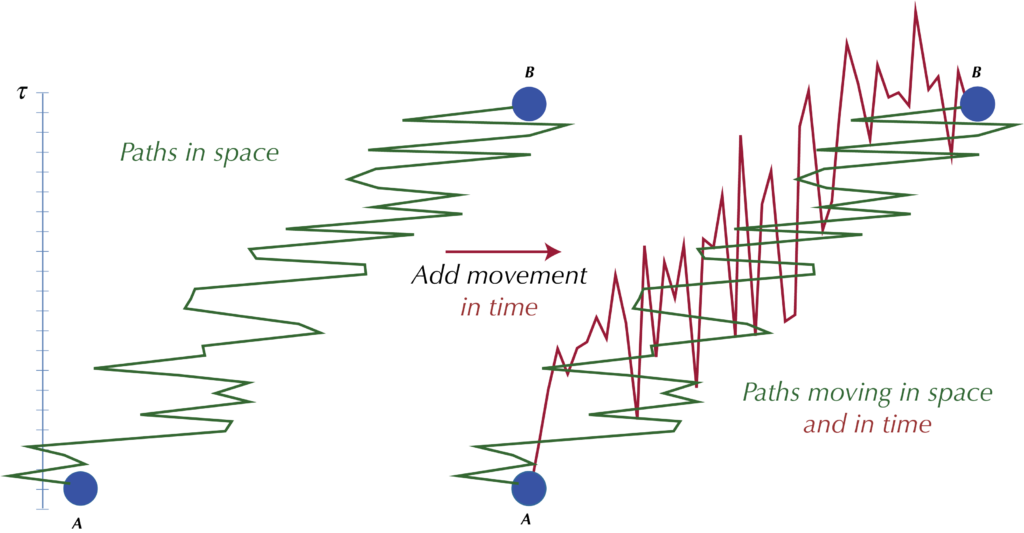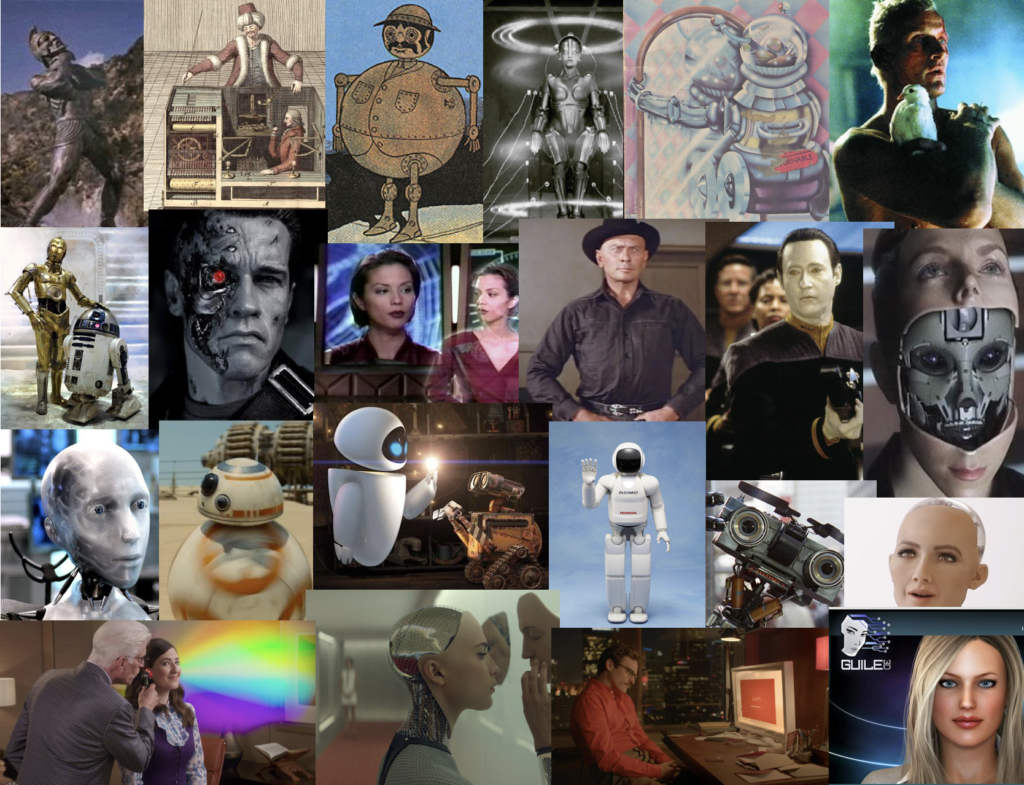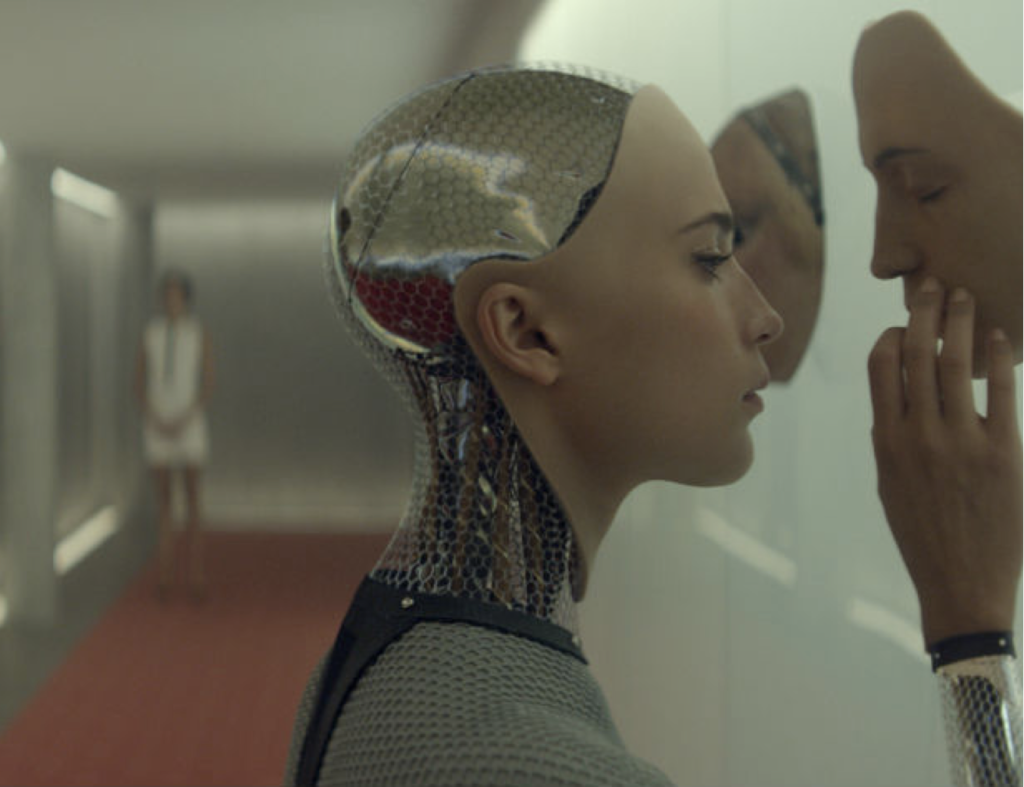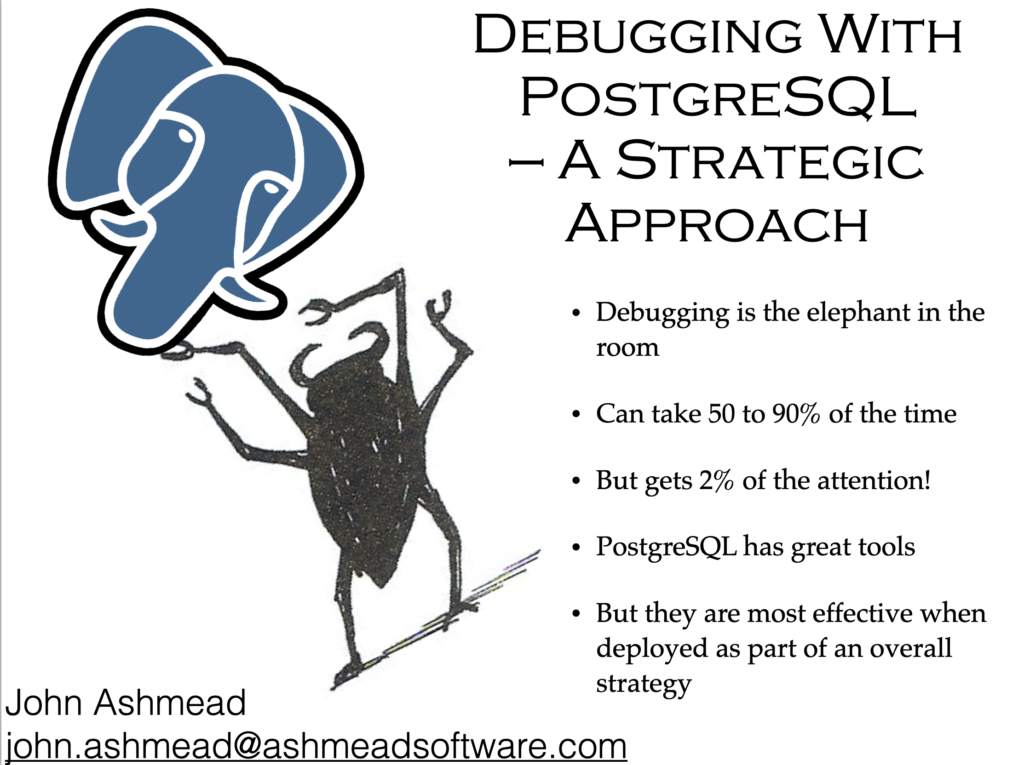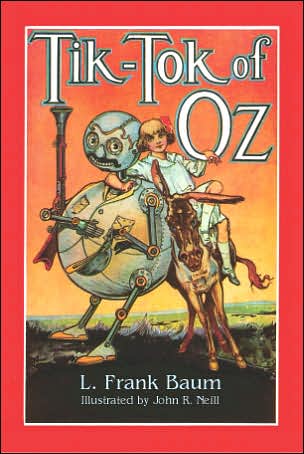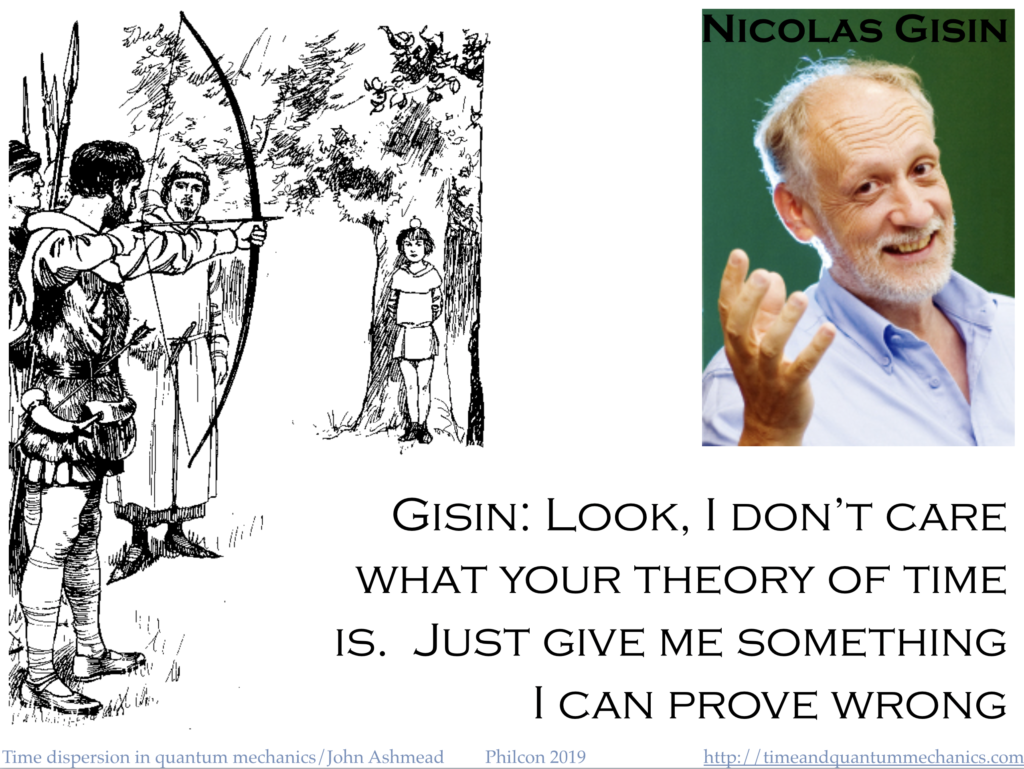Artificial intelligence, the quantum internet, and life and/or death
The 2021 Baltimore Science Fiction Convention (Balticon) runs this coming weekend. Virtual but real, if you get my drift. Convention is free; the programming looks very strong. Poke around & check off the interesting ones: I had great trouble keeping my choices down to one per time slot.
And, Balticon has recorded all of the talks: I’ve linked each talk to its video.
For my Balticon talk I’m doing:

Artificial Intelligence: Past, Present, and Futures: Saturday, 2:30pm
From neural nets and genetic algorithms to facial recognition and deep fakes, artificial intelligence (AI) is everywhere today. What exactly do we mean by AI and how did it get where it is today? What are the benefits and risks of AI and how should we manage it going forwards?
Fast moving & fun topic!
Ethics and Robotics: Friday, 4pm
Isaac Asimov’s Three Laws formed one of the earliest ethics systems for robots and artificially-created beings, but aren’t necessarily accurate or complete. A hundred years after Asimov’s birth, what approaches are being taken in the practical development of robots? What is “real AI” and how far away are we from it?
With Anne Gray aka netmouse (moderator), Aaron M. Roth and Marie Vibbert
The Quantum Internet: Hype or the Next Step? Saturday, 7pm
What do we mean by the quantum internet? What are quantum cryptography, quantum key distribution, quantum sensors, and linked quantum computers? What are the advantages and key problems? Who will get to use it? And do we have just a bunch of interesting tech that all have quantum in their name or can the whole be more than the sum of the parts?
I’m moderating this one with Anne Gray and Kevin Roche (who is the quantum computing evangelist at IBM).
From “Mostly Dead” to Alive and Back Again: Sunday, 10pm
How is it that something like the coronavirus can be completely inert one moment and then spawning millions of copies of itself the next? How did intracellular obligate parasites — organisms that can’t survive without a host — manage to evolve into existence in the first place? What of transposons (jumping genes), viroids (the smallest infectious pathogens known), and the dreaded “giant” viruses? Join us as we dart back and forth across the line that separates life & death in biology!
I’m moderating this one as well, with the panelists: Dr. Jim Prego, Doug Dluzen, Anna Kashina, Pam Garrettson.
